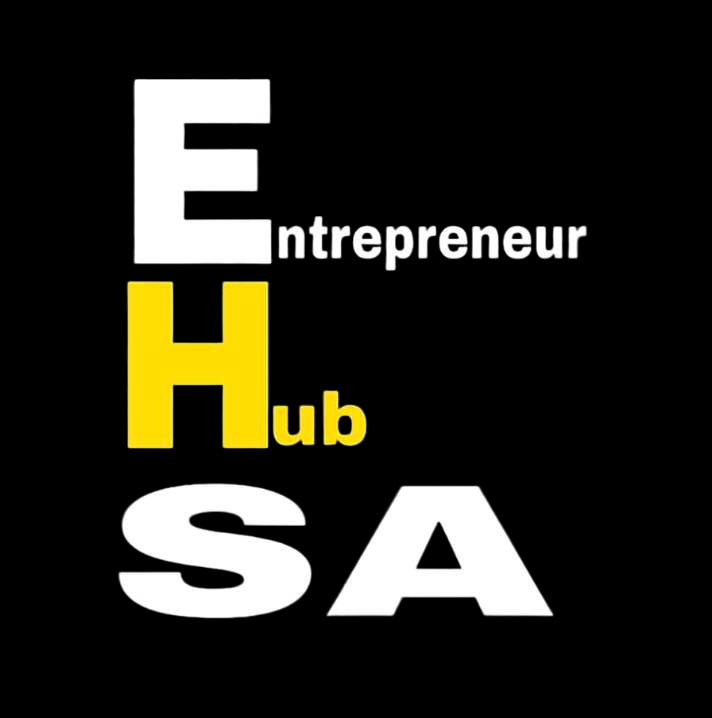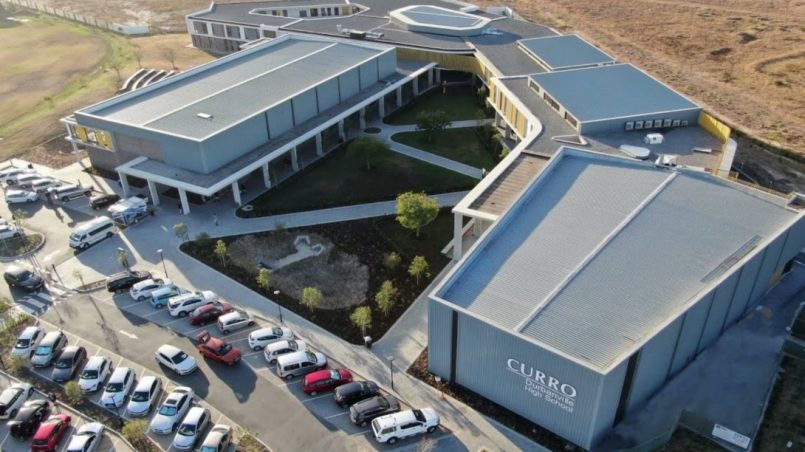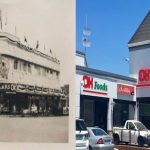How did the Curro start? what’s the story behind it? how big are they? And what are some lesser known facts about the company?
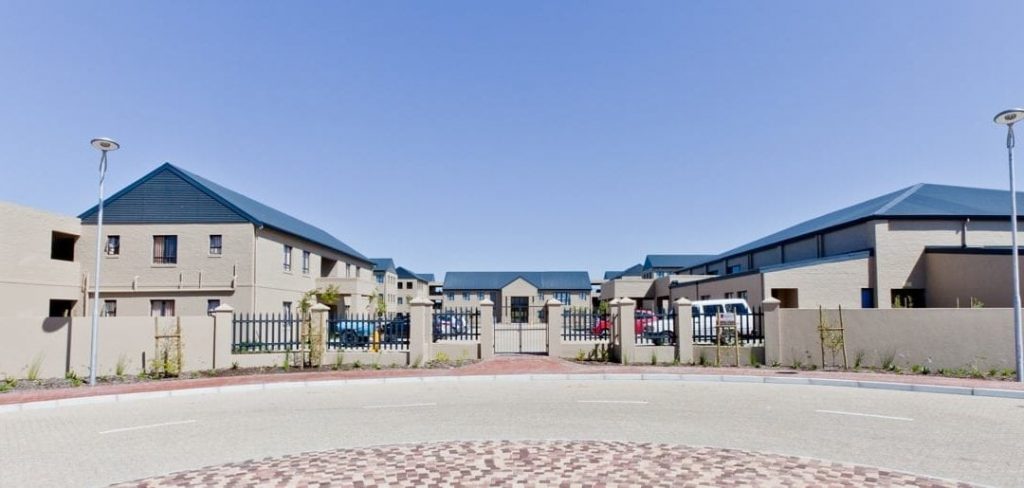
In this article, we’ll explore how Curro became South Africa’s largest private school business more than 59 970 learners, 177 schools and 76 campuses.
BACKGROUND
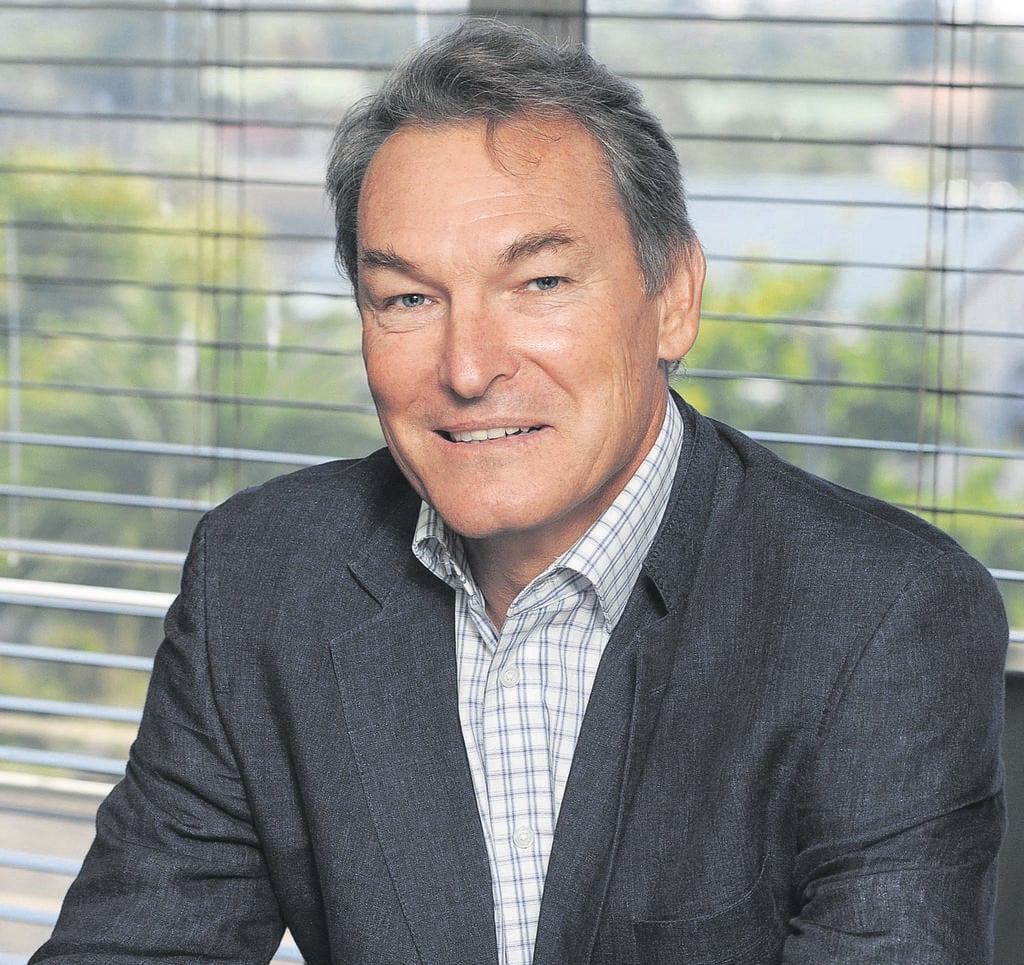
To understand the story of Curro more clearly, lets take it back to the year 1997, when Chris van der Merwe and his wife, Stephnie, were chilling on the stoep of their house in the evening. Chris had applied for a departmental position which he didn’t get. So on this evening, Stephnie said to him:
“Hello, you’re 31. Are you going to be a deputy head for the rest of your life? There are at least 30 years ahead of you, and your opportunities are dwindling. Why don’t we start our own home school?”
During that time, both Chris and Stephnie were deputy heads at their respective schools – Chris at Fanie Theron Primary School, and Stephnie was at Parow North Primary School.
Initially, the couple’s plan with the school was to teach English and Afrikaans to 40 learners in Grade 4. Chris would take English, while Stephnie would tackle the Afrikaans group. They would rent an old house with four to six bedrooms.
After Grade 4, they would take the group to Grade 5, then Grade 6 and by the end of Grade 7, they would have registered the next Grade 4s.
After telling friends and community members this idea of a home school, it grew through word-of-mouth and parents began stopping them after school saying, “surely you can’t take only 40 learners. It must be a bigger school.”
AND THAT’S HOW THE BALL STARTED ROLLING..…
When the idea of Curro was born, Chris may be the first to say that he was just ‘a naïve teacher’ but he had one card playing to his advantage, he already had a business under his belt called SkoolCor, which was founded in 1993 when he was a teacher at Gene Louw Primary School.
It was at Gene Louw while Chris was interviewing for his first teaching job that he met Thys Franken, another one of Curro’s founders. Thys and Dr Alex Volschenk were experimenting with a modular approach to education which was of great interest to Chris, and he eventually went on to complete his master’s degree on the subject.
Theory was put to practice when he started SkoolCor with Boetie Ungerer and Eddie Conradie, Curro’s other two founders. The company published and sold electronic learning modules as surrogate for textbooks.
Boetie had also been the external supervisor for Chris while he was doing his master’s thesis and was the very first to join him on his new endeavour – Curro.
“Bolstered by Boetie joining, I put in my request to resign from state education and started looking at possible sites for a small independent school, while working on my business plan.”
“My first letter to the municipality of Durbanville was written in June 1997 but was unsuccessful. In November, my resignation was accepted along with my offer that I’d pay for a substitute’s salary for six months. This bought me some time.”
At the beginning of 1998, there was a bit of setback when Boetie told Chris that he would be unable to join Curro.
“I remember the Tyger Talk community newspaper came to do an interview and there I was, all dressed up in my green suit (my wedding suit), not sure if I would still be able to pull this off.”
Fortunately, after having a long talk with his wife, Boetie called not long afterwards and announced that he was back on board.
They decided to open in July, at the start of the third term. To market Curro, the duo printed 40 000+ pamphlets using SkoolCor’s printing facilities.
“The only problem was we still didn’t have a building, office or secretary. So, we printed “RSVP secretary” and my home number at the bottom of the pamphlets and I asked my housekeeper, Cynthia Onverwag, to man the phone. The first few days there were zero calls. Then a few and eventually there were about 160 names on our list.”
It took some time to get everything in order but on a rainy morning in July 1998, Curro opened its doors for the first time in a church in Vierlanden. No one could have predicted the success that would follow.
GOING PUBLIC
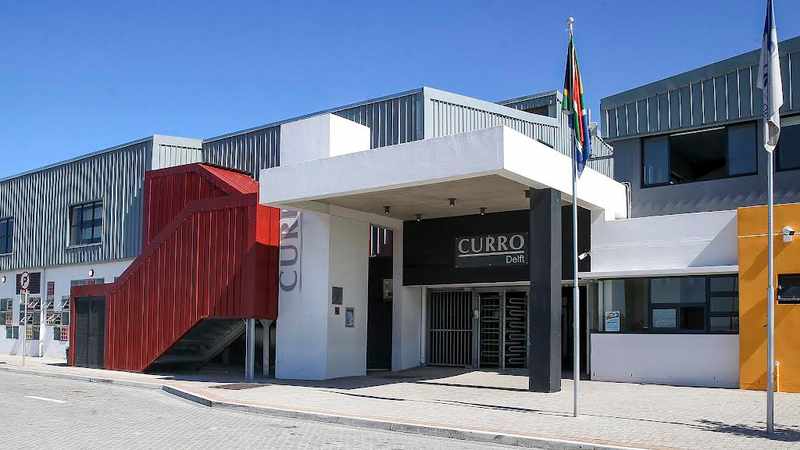
At the end of 2010 Curro Holdings had made a massive profit and listing on the JSE didn’t sound like such a far-fetched dream.
Curro was listed on the JSE (AltX) on 2 June 2011 and moved to the JSE main board in July 2012.
While Chris might be the brilliant mind behind Curro, he still credits all those involved with the vision becoming a reality.
ADVICE TO ASPIRING ENTREPRENEURS??
“Hang on to a dream, even when there are setbacks. Research has shown that the well-known business leaders in the world have accomplished success by hanging on to a dream. Success takes time.”
Dr Van der Merwe said that in the entrepreneurial world it is accepted that talent alone is not enough to be successful. More attributes are needed like faith, enthusiasm, initiative, focus, physical exercise, perseverance, an inquiring mind, character, relationships, responsibility and confidence.
